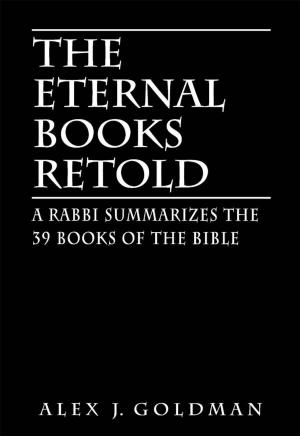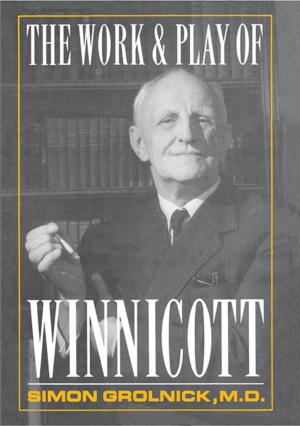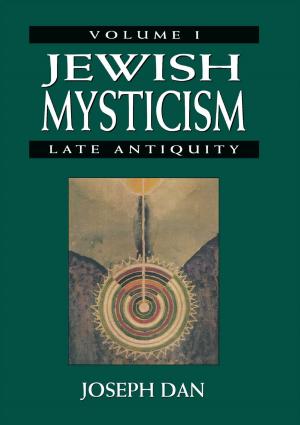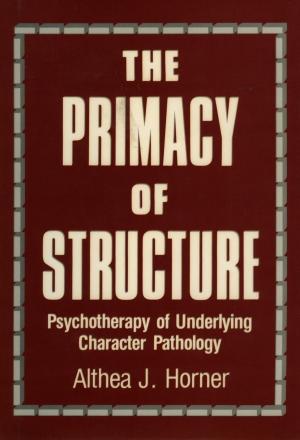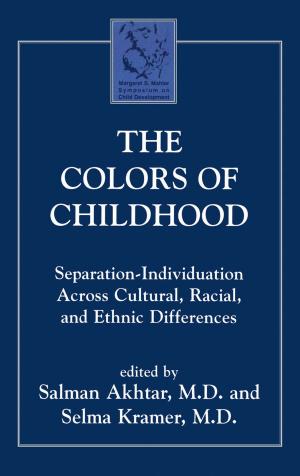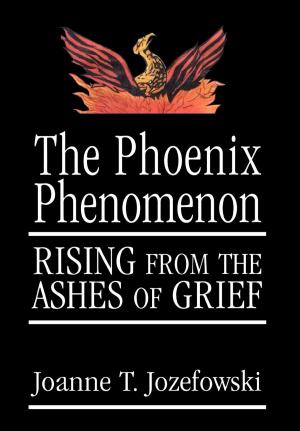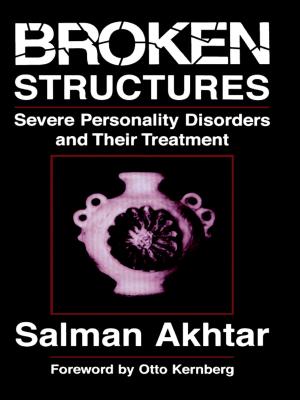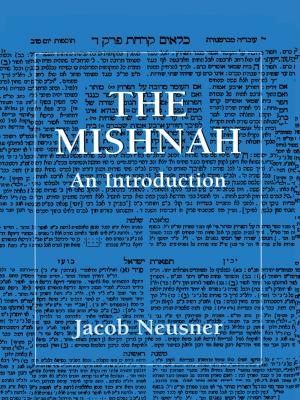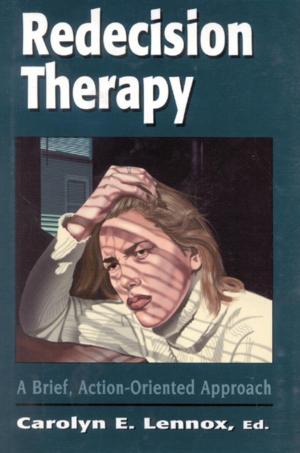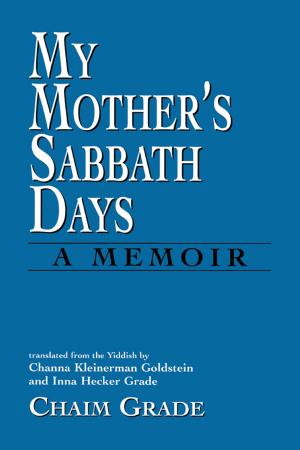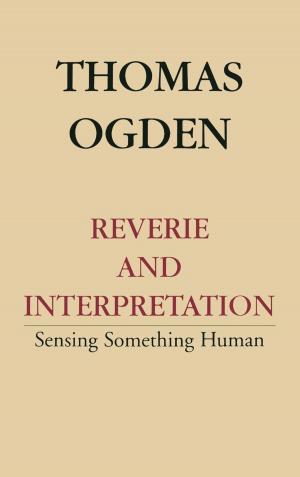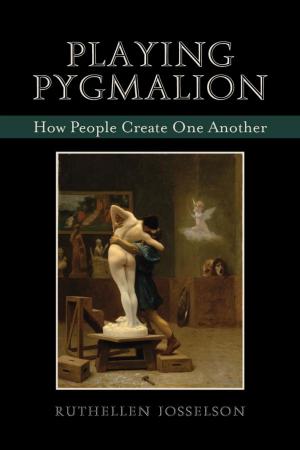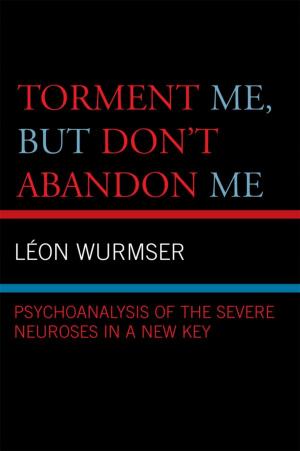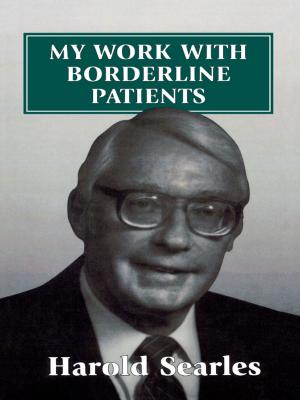Self and Others
Object Relations Theory in Practice
Nonfiction, Health & Well Being, Psychology, Testing & Measurement, Clinical Psychology| Author: | N. Gregory Hamilton, M.D. | ISBN: | 9781461630630 |
| Publisher: | Jason Aronson, Inc. | Publication: | November 1, 1999 |
| Imprint: | Jason Aronson, Inc. | Language: | English |
| Author: | N. Gregory Hamilton, M.D. |
| ISBN: | 9781461630630 |
| Publisher: | Jason Aronson, Inc. |
| Publication: | November 1, 1999 |
| Imprint: | Jason Aronson, Inc. |
| Language: | English |
Self and Others is addressed to students and practitioners of psychoanalysis and psychoanalytic psychotherapy. Its 19 chapters are divided into five evenly balanced parts. The first rubric, "Self, Others, and Ego," introduces us to the units of the intersubjective constitution we have come to know as object relations theory. The second rubric, "Developing Object Relations," is a confluence of lessons derived from infant studies and the psychotherapeutic process, specifically from the work of Mahler and Kernberg. Third, Hamilton integrates into an "Object Relations Continuum" Mahler's developmental stages and organizational series with nosological entities and levels of personality organization. Under the penultimate rubric, "Treatment," levels of object relatedness and types of psychopathology are grounded in considerations of technique in treatment, and generous clinical vignettes are provided to illustrate the technical issues cited. Last, the rubric of "Broader Contexts" takes object relations theory out of the consulting room into application areas that include folklore, myth, and transformative themes on the self, small and large groups, applications of object relations theory outside psychoanalysis, and the evolutionary history and politics of object relations theory.
This volume thus presents an integrative theory of object relations that links theory with practice. But, more than that, Hamilton accomplishes his objective of delineating an integrative theory that is quite free of rivalry between schools of thought.
An indispensable contribution to beginning psychoanalytic candidates and other practitioners as well as those who wish to see the application of object relations theories to fields outside of psychoanalysis.
—Psychoanalytic Books: A Quarterly Journal of Reviews
A Jason Aronson Book
Self and Others is addressed to students and practitioners of psychoanalysis and psychoanalytic psychotherapy. Its 19 chapters are divided into five evenly balanced parts. The first rubric, "Self, Others, and Ego," introduces us to the units of the intersubjective constitution we have come to know as object relations theory. The second rubric, "Developing Object Relations," is a confluence of lessons derived from infant studies and the psychotherapeutic process, specifically from the work of Mahler and Kernberg. Third, Hamilton integrates into an "Object Relations Continuum" Mahler's developmental stages and organizational series with nosological entities and levels of personality organization. Under the penultimate rubric, "Treatment," levels of object relatedness and types of psychopathology are grounded in considerations of technique in treatment, and generous clinical vignettes are provided to illustrate the technical issues cited. Last, the rubric of "Broader Contexts" takes object relations theory out of the consulting room into application areas that include folklore, myth, and transformative themes on the self, small and large groups, applications of object relations theory outside psychoanalysis, and the evolutionary history and politics of object relations theory.
This volume thus presents an integrative theory of object relations that links theory with practice. But, more than that, Hamilton accomplishes his objective of delineating an integrative theory that is quite free of rivalry between schools of thought.
An indispensable contribution to beginning psychoanalytic candidates and other practitioners as well as those who wish to see the application of object relations theories to fields outside of psychoanalysis.
—Psychoanalytic Books: A Quarterly Journal of Reviews
A Jason Aronson Book

